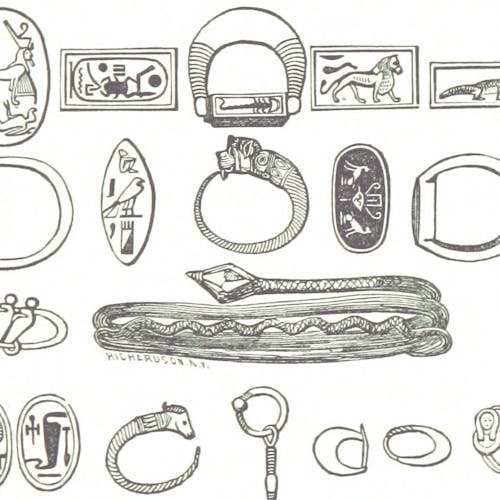401(k) Basics, Part 2
- InvestmentsLast time I went through the basics of what 401(k) plans are and how they work. This time, I’ll be focusing on how to evaluate the investments available in your plan.

Hello, everyone,
Last time I went through the basics of what 401(k) plans are and how they work. This time, I’ll be focusing on how to evaluate the investments available in your plan.
How do I invest the money in my 401(k)? This is my process for evaluating the funds:
1. Choose target-date funds: You’ve probably seen funds called “Target Retirement 2040” or something like that, and these are target-date funds. I’m not a fan, because these funds slightly reduce your target return and volatility every year. I like to keep people at a constant level of return and volatility at least until they’re ready to retire, or we are leaving potential returns on the table. But if you are just NOT into this fund-picking process, it’s easy to choose one of these funds and let it ride. It’s not bad, and it’s simple.
2. Work with an Investment Management company: Some 401(k) plans offer professional management of your money for an additional fee, above and beyond what you pay for the account. It’s worth checking into the cost of this option and seeing what they offer before you sign up. If you feel they are adding value, it may be worth the cost.
3. Or choose the individual funds yourself:
a. Get a list of the fees for each fund: Your fiduciary is required to disclose the fees associated with the funds they are offering you. It’s usually a page or two showing each fund and its fee.
b. Get a list of the performance of each fund: We all know that past performance is not an indicator of future performance, right? It’s true…and it’s also one more piece of information we can use as we make these decisions. As with fund fees, your fiduciary will be able to provide you with a sheet listing each fund and its performance over different periods of time (such as one year, five years, 10 years, and/or since the fund was started). For me, performance is secondary, and I only look at the longest term of performance listed foreach fund.
c. Then analyze: Hopefully your list of funds is grouped into categories like US Large Cap, US Small- and Mid-Cap, and International stocks. If not, the name may help you or you can look the funds up online (try www.morningstar.com) and categorize them yourself.
d. So categorize your funds first.
e. Then choose the percentage you are going to put into each category. If you’re OK with volatility, you can just put 100% of your contributions into the US Large Cap fund, or 80% in US Large Cap, and the rest in US Small- and Mid-Cap and/or International and Emerging Markets. If you want lower volatility (and thus slightly lower returns), put 80% in stock funds and 20% in bond funds. These are only sample allocations, which I hope is obvious! You can do 70% stocks/30% bonds or 60%/40% or anything you want. I would just exhort you to take on as much stock as you can without feeling sick to your stomach every night. If you don’t, you may not keep up with taxes and inflation over the long term.
f. Then look at the fees and circle the fund in each category with the lowest fee.
g. Choose that fund unless its 10-year (or longest-term) performance is lower than another fund in that category. If the cheaper fund’s performance is only .02% lower and the other fund costs .5% more, choose the cheaper fund. Just make sure that if you’re picking a more expensive fund, that choice is justified by better future performance over the longest term, and the better performance may cover the higher fee.
h. A word about index funds: as you do this exercise you may notice that some of the funds are A LOT less expensive than others. These are index funds, which means the fund is built to simply track a market index like the S&P 500 or the MSCI International Index. Index funds are subject to the same general risks as the stocks they contain.
i. No one is actively managing these funds, making tweaks due to market factors or researching the companies or bonds. That’s why they are so inexpensive: it takes smart people to actively manage a fund and do all that work, and that costs money.
ii. You may find that the index funds in your plan beat the actively-managed, higher-fee funds when you do the analysis above. That is perfectly OK. Don’t be afraid of the index fund.
I hope this helps you think through the options in your 401(k). Leave any comments or below!



